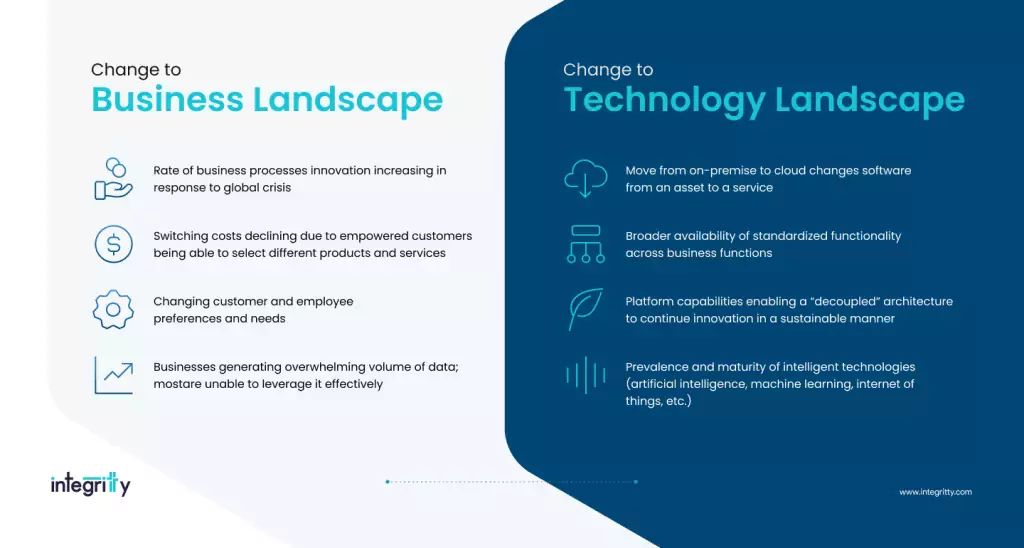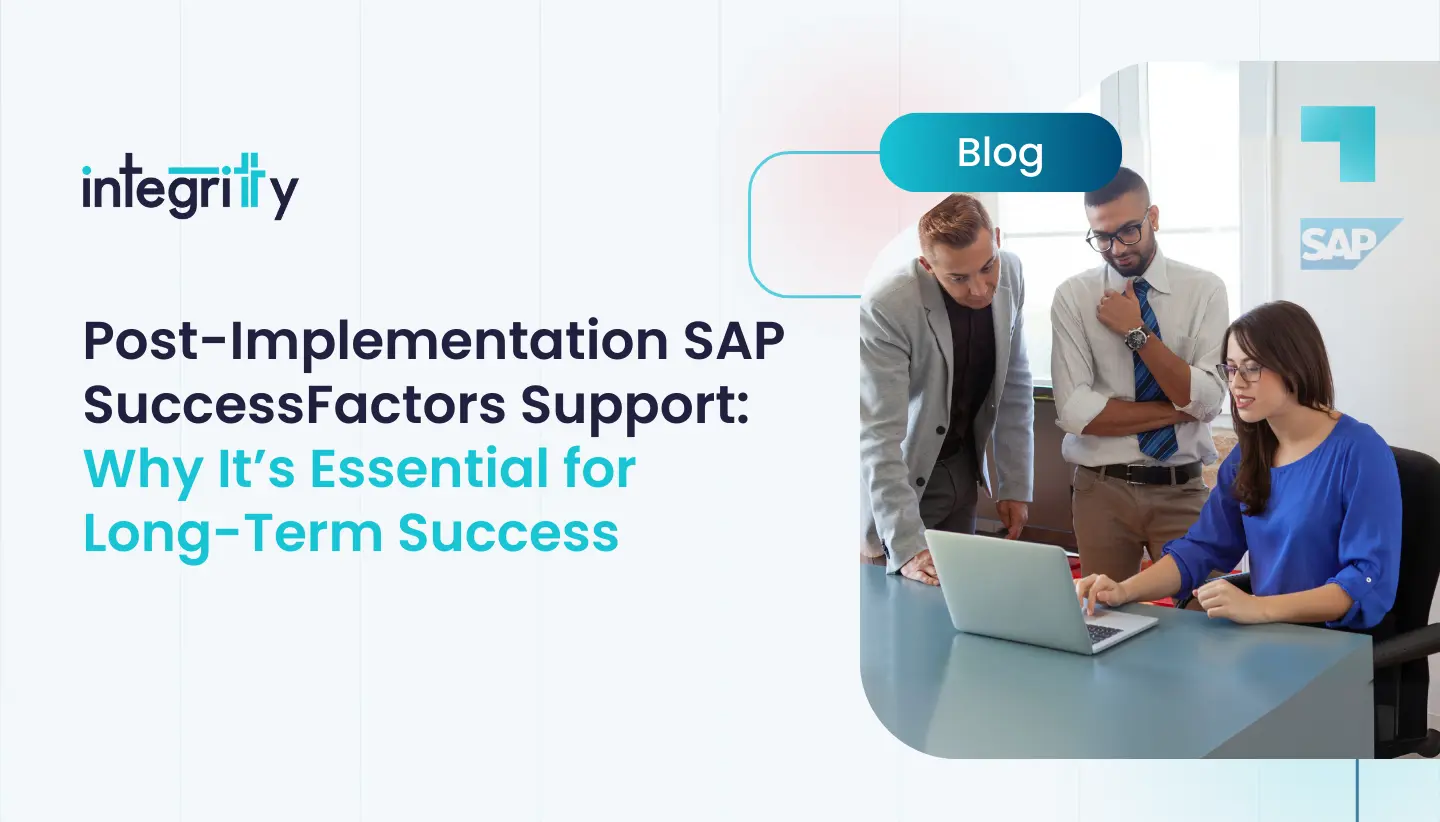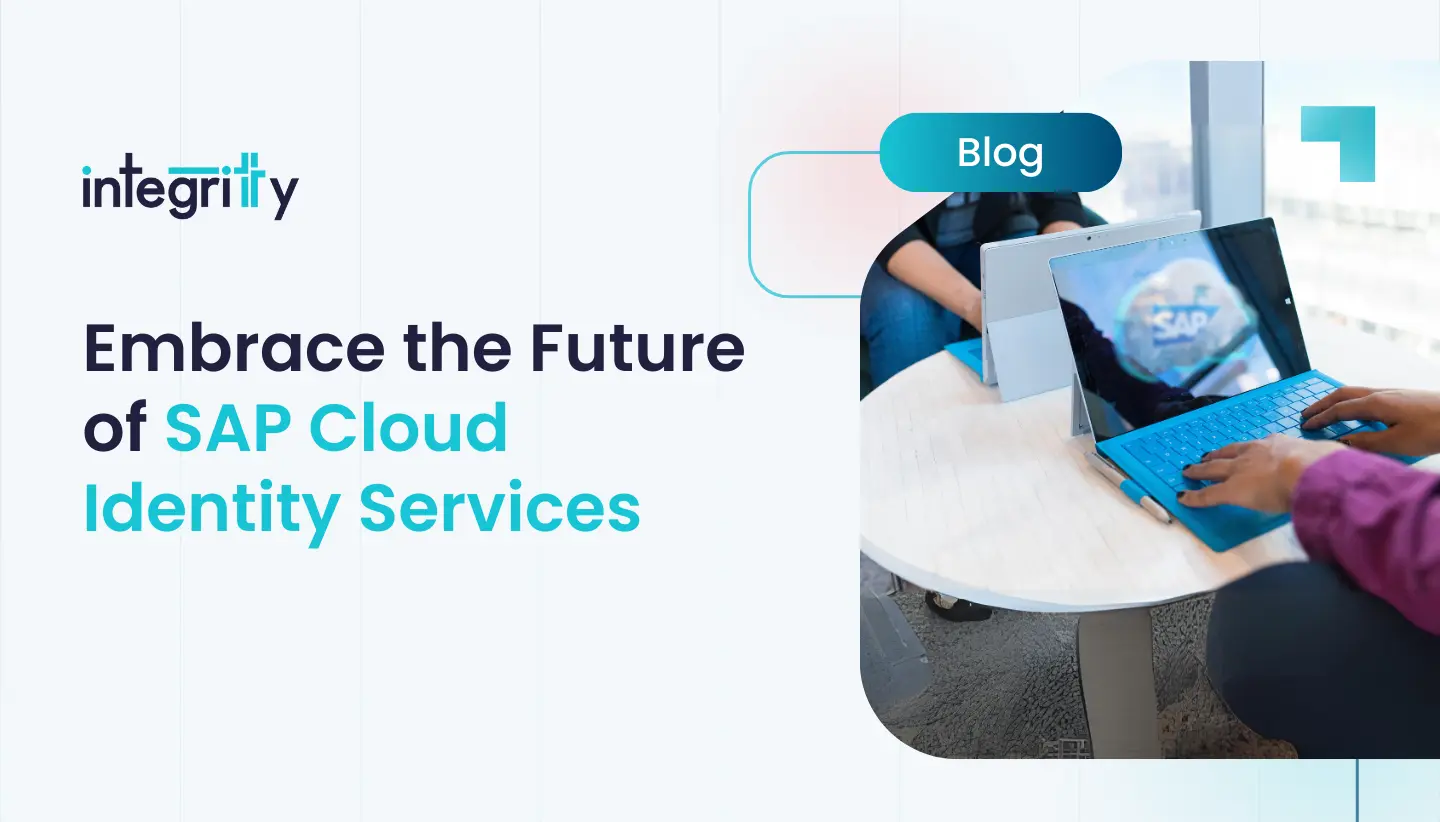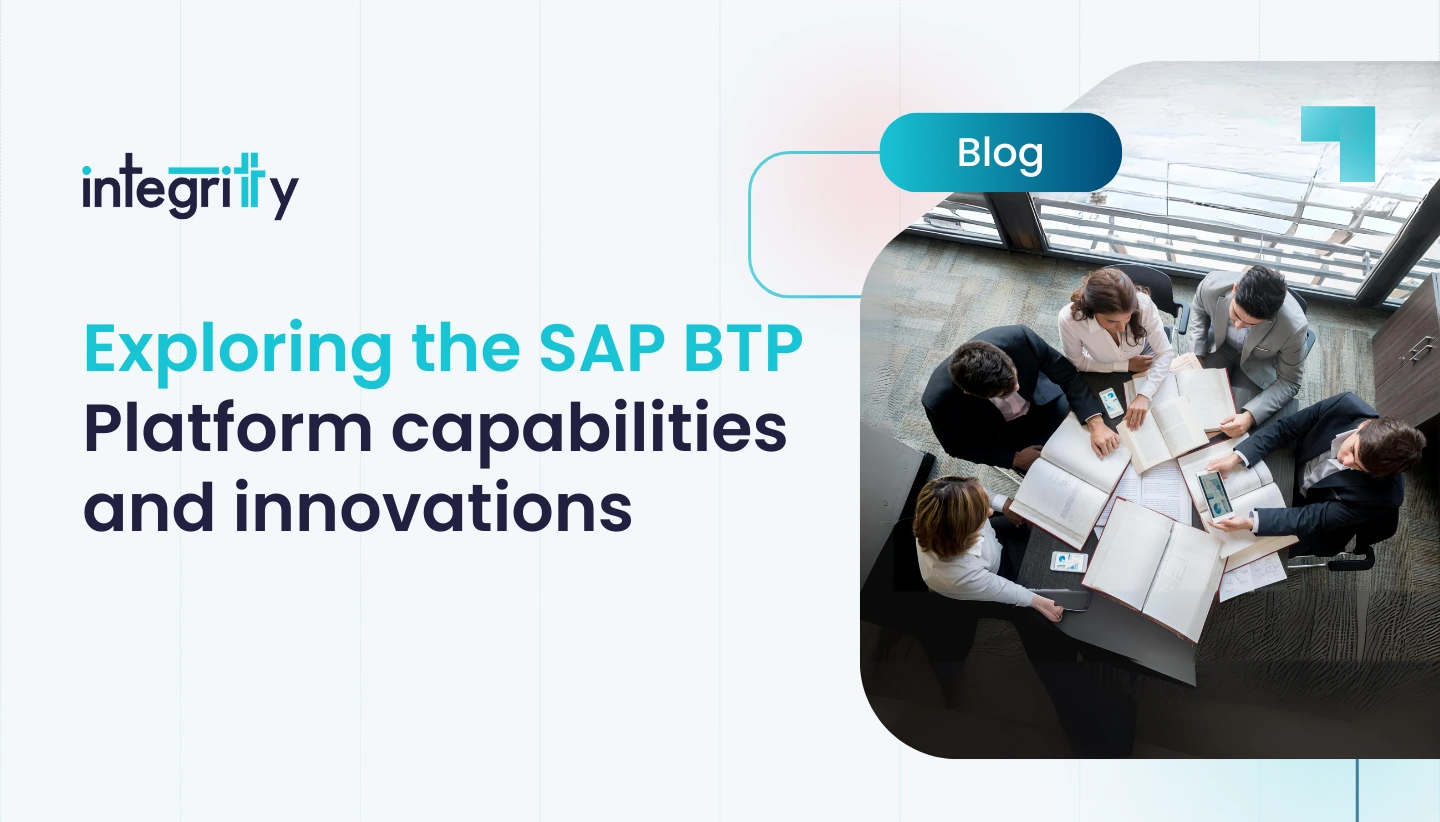If you’re an existing user of SAP ERP, staying updated with the latest advancements is not just an option; it’s a necessity. Your current R/3 and ECC systems might be serving you well, but the technological landscape is not static; it’s continuously evolving. This brings us to the question: Why should you consider transitioning to SAP S/4HANA? Here are the first three compelling factors for migrating to SAP S/4 HANA:
1. Streamlined Operations
The cornerstone of SAP’s transition from its ECC architecture to SAP S/4HANA lies in the concept of streamlined operations. The removal of numerous aggregate tables has been a game-changer, providing an opportunity to adopt industry best practices and clean up technical debt. This has led to a dramatic increase in processing speed, enabling quicker responses to transactions and queries. The time saved can be reallocated to more strategic organizational initiatives, thereby enhancing overall productivity. When your applications run natively on the HANA platform, they not only perform better but also offer enhanced contextual understanding and easier data access, which is crucial when migrating to SAP S/4 HANA.
2. User-Friendly Interface
The user interface is often the first point of interaction between the user and the system. SAP has revolutionized this aspect with its innovative new user interface, Fiori. This modern, web-based interface has completely transformed the user experience. Fiori offers a personalized, responsive, and straightforward user interface that adapts to various devices and deployment options. This adaptability results in a role-based user experience that is consistent across different departments within your organization, making migrating to SAP S/4HANA even more valuable. The ease of use is not just a feature; it’s a necessity in today’s fast-paced business environment.
3. Technological Advancements
The term “modern” is often thrown around loosely, but what does it genuinely mean in the context of enterprise software? It’s not just about the release date or the buzz around it. It’s about the tangible benefits that the software brings to your organization today and its potential for future scalability. SAP S/4HANA retains the core functionalities of ECC but adds layers of speed, context, and data accessibility that were previously unimaginable. In some instances, upgrading may be unavoidable due to factors like expiring support or specific feature requirements such as Unicode compatibility. In such scenarios, transitioning to SAP S/4HANA is not just an option; it’s a strategic move. Hence, migrating to SAP S/4HANA becomes an essential consideration for any forward-thinking organization.
4. Readiness for Upcoming Innovations
In today’s fast-paced technological landscape, being prepared for future innovations is not a luxury; it’s a necessity. SAP S/4HANA is designed to be future-proof. It equips your organization to adapt to technological changes swiftly and efficiently. The pace at which technology evolves can be overwhelming, and if your systems are not agile enough to keep up, you’ll find yourself perpetually playing catch-up with your competitors and even your own operational needs. This is a situation no organization wants to find itself in. Being prepared for future innovations means you can pivot quickly, seize new opportunities, and avoid the pitfalls of technological stagnation. Therefore, migrating to SAP S/4 HANA provides you with the agility and readiness required for future innovations.

5. Synchronization of Cloud and On-Site Application Environments
The debate between cloud and on-premise solutions is becoming increasingly irrelevant as more organizations opt for a hybrid approach. SAP S/4HANA offers the flexibility to transition seamlessly between on-premise and cloud environments. This is crucial because strategic shifts to the cloud can be decided upon for various reasons, including cost-efficiency and operational agility. SAP provides a comprehensive roadmap that allows you to benefit from both on-premise and cloud scenarios. This includes migration strategies and data quality solutions that can be applied whether you’re operating entirely on-premise, in the cloud, or in a hybrid state.
Conclusion
In conclusion, transitioning to SAP S/4HANA is not just about keeping up with technological advancements; it’s about staying ahead of them. It’s about preparing your organization for the future while optimizing current operations. It’s about making a strategic decision that will impact every facet of your business, from operational efficiency to future scalability. Still contemplating the move? Don’t hesitate to reach out to us. Embarking on your SAP S/4HANA journey now will enable you to start reaping the manifold benefits sooner rather than later.






